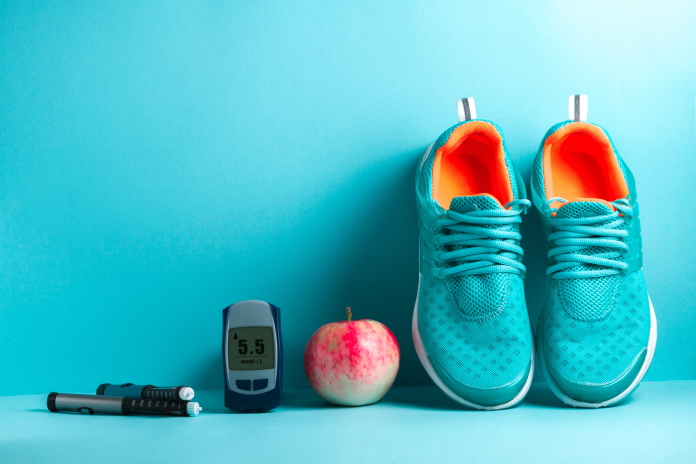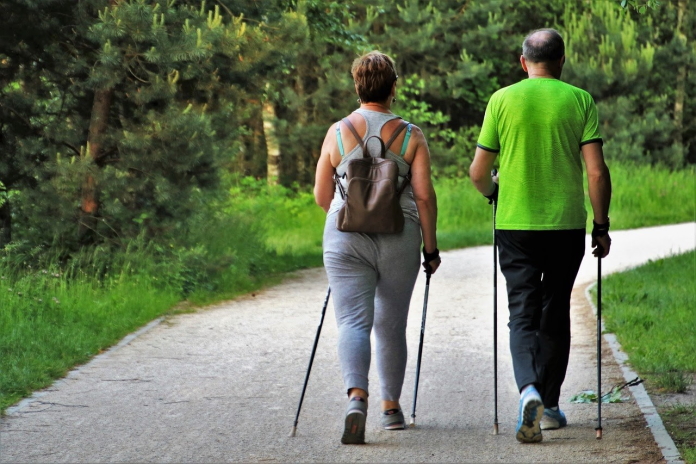
According to the CDC, over 100 million Americans currently have diabetes or prediabetes. The most common (and dangerous) type of diabetes, Type 2, occurs when the body becomes resistant to insulin. Or, when your pancreas can’t produce enough of it.
The body needs a certain amount of insulin in order to function properly. Insulin allows the cells within your body to absorb glucose, which provides energy. When the body doesn’t have enough insulin, glucose can’t move freely around these cells, causing high glucose levels within the body that can eventually lead to diabetes.
Common Signs of Diabetes
Diabetes affects people differently. Not everyone has the same signs. But, some of the most common symptoms include:
- Frequent urination
- Constant thirst
- Weight loss
- Blurry vision
- Fatigue
- Very dry skin
- Sores that heal slowly
Another common sign of diabetes is the feeling of numbness in your hands or feet. If you’ve been a diabetic for a while, you have probably already heard about the importance of taking care of your feet. But, do you know why?
That numbness/tingling sensation in your feet isn’t just annoying. It can create major issues, and some people can develop serious foot problems or may even have to lose a toe or a foot.
That shouldn’t scare you. Instead, it should let you know how important it is to consistently monitor your feet, and how important it is to take proper care of them.
How Does Diabetes Affect Your Feet?
One of the risks of diabetes is nerve damage. As stated above, that damage is often most notable in the hands and feet. This is a condition known as diabetic neuropathy. This condition can cause you to lose feeling in your feet, which makes it easier to get injured. For example, if you happen to get a cut or scrape on your foot, you may not feel it, so you won’t pay attention to it. As a result, it can become easily infected and lead to even bigger problems.
Your risk of infection is often greater if you have diabetes because it can slow down blood flow to your feet. So, not only is it easier for a sore to get infected, but it’s often harder to treat. An infection that doesn’t heal can lead to gangrene, which is often when a toe or the foot itself needs to be amputated.
How to Check Your Feet Each Day
One of the easiest ways to prevent foot issues when you have diabetes is to check the condition of your feet every day. While even just giving them a quick glance-over is better than nothing, it’s easier if you know what to look for. Pay close attention to things like:
- Red spots
- Sores
- Cuts/scrapes
- Swelling
- Blisters
- Ingrown toenails
- Calluses
- Warm spots
A warm spot or area somewhere on your foot can sometimes be an indicator of a blister or ulcer that is just starting. Catching it early can make it easier to treat.
If you want more information on how to thoroughly examine your feet, check out the video below from The University of Vermont Medical Center.
How to Take Care of Your Feet
In addition to examining your feet each day, there are regular care activities that you should perform to keep your feet in good shape and to remain healthy. Thankfully, if you put these practices into your normal routine, they won’t take much time, and they can make a big difference in your overall foot health.
Wash Your Feet Each Day
How often do you take the time to actually wash your feet when you’re in the shower or bath? You should be spending a few minutes each day actually washing then with warm (not hot) water, especially between your toes.
Perhaps just as important as washing them is drying them thoroughly. Moisture that gets trapped on your feet or between your toes can lead to fungal infections. Additionally, if your feet tend to get sweaty throughout the day, sprinkling them with a bit of talcum powder can help to keep them dry and reduce the risk of a fungus.
Trim Your Toenails the Right Way
Many people think you’re supposed to trim your toenails in a “curved” shape to match the toes themselves. But, this can put you at a greater risk of experiencing an ingrown toenail, which can lead to different types of infections. You also risk cutting your skin.
Instead, trim your toenails straight across and smooth them out with an emery board. If you choose to get a pedicure somewhere, it’s a smart idea to bring your own tools along, rather than risk using tools that could be contaminated.
Protect Your Feet
When you have diabetes, protecting your feet every day should be a top priority. For starters, make sure you’re wearing shoes and/or socks as often as possible – even in your own home.
When you walk around barefoot, you’re at a greater risk of stepping on something or cutting your skin. As you now know, that can lead to an infection, which could cause even bigger issues. Just make sure you’re wearing shoes that allow your feet to “breathe,” so moisture doesn’t accumulate inside.
In addition to protecting your feet from objects, it’s also important to protect them from extreme temperatures. Put sunscreen on your feet if they’re exposed outside, don’t dip them into extremely hot water, and wear shoes on hot sand or pavement.
 Boosting Circulation to Your Feet
Boosting Circulation to Your Feet
Finally, you can take care of your feet by keeping the blood flowing. There are easy ways to do this, including:
- Propping your feet up when you’re sitting
- Remaining physically active
- Moving your ankles and toes throughout the day
If you’re experiencing any diabetic foot problems or pain, the best thing you can do is to see a doctor immediately. If you’re concerned about the general care and health of your feet as a diabetic, feel free to contact Caruso Foot and Ankle to schedule an appointment as soon as possible. We are happy to work with you to ensure your feet stay healthy – so the rest of you remains healthy, too!
 Boosting Circulation to Your Feet
Boosting Circulation to Your Feet